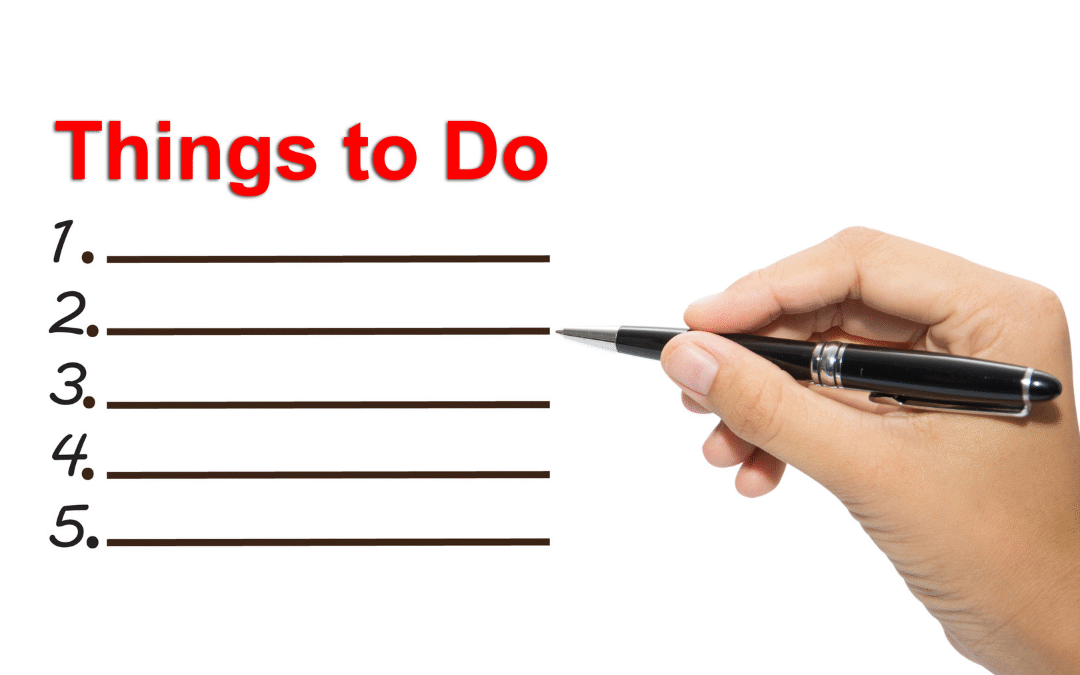Composing a succinct summary of literary works can be a challenging task, especially for those who are new to the art of summarizing. Whether you are a student looking to summarize a novel for a book report or a content creator seeking to provide a brief overview of a book for your audience, mastering the skill of writing a compelling book summary is essential. In this tutorial, we will guide you through the steps of crafting a well-structured and informative summary that captures the essence of the book while avoiding unnecessary details. By the end of this post, you will have the tools and knowledge to write effective summaries for a variety of books and literary works.
Key Takeaways:
- Understand the main idea: Before writing a summary, it is important to have a clear understanding of the main idea and key points of the book. This can be achieved by carefully reading the entire book and making notes of the most important information.
- Be concise and focused: A good book summary should be concise and focused on the most important aspects of the book. It is essential to avoid including unnecessary details and to instead focus on the key points that drive the main idea of the book.
- Use your own words: When writing a summary of a book, it is important to use your own words to restate the main points and ideas. Avoiding plagiarism and maintaining originality is crucial when summarizing a book.
Preparing to Write a Summary
One of the most essential steps in writing a summary of a book is preparing yourself to tackle the task ahead. This involves thoroughly reading the book and taking effective notes on key points and essential details.
Reading the Book Thoroughly
Any comprehensive summary begins with a deep understanding of the book. Take your time to read through the entire book, paying close attention to the main plot, key themes, and significant characters. Highlight or make note of important passages that stand out or play a crucial role in the narrative.
Notetaking Strategies
With a thorough reading under your belt, it’s time to develop effective notetaking strategies. This will help you pinpoint vital information to include in your summary. Consider organizing your notes by chapter or themes, using bullet points or lists to capture key points and important details. This will make it easier to reference specific sections when writing your summary.
This step sets the foundation for a successful summary and ensures that you have all the necessary information at your fingertips. Utilizing effective notetaking strategies will streamline the summary writing process and help you stay focused on the most critical aspects of the book.
The Summary Writing Process
Any time you are tasked with summarizing a book, it is important to approach the process systematically. By following a structured approach, you can ensure that you capture the essence of the book and present it in a clear and concise manner.
Identifying the Main Points and Themes
One of the first steps in writing a summary of a book is to identify the main points and themes. This involves carefully reading the book and making note of the key ideas, arguments, and recurring themes. Pay attention to the author’s primary message and the supporting evidence they provide. This step will lay the foundation for your summary, allowing you to focus on the most important aspects of the book.
Once you have identified the main points and themes, you can begin to distill the content into key elements that will form the basis of your summary.
Distilling the Content into Key Elements
Any effective summary is built on the ability to distill the content into key elements. This means extracting the most important information from the book and presenting it in a clear and organized manner. Distilling the content involves selecting the most relevant information and leaving out unnecessary details. By focusing on the key elements, you can create a summary that is both comprehensive and concise, capturing the essence of the book without overwhelming the reader with unnecessary details.
Distilling the content into key elements requires a keen understanding of the main points and themes, as well as the ability to synthesize the information in a way that is easy for the reader to follow.
Structuring Your Summary Coherently
Summary writing also requires structuring your summary coherently. This means organizing the main points and themes in a logical order, ensuring that the summary flows smoothly from one idea to the next. By structuring your summary coherently, you can create a reading experience that is engaging and easy to follow, making it more likely that your audience will connect with and understand the content.
The process of structuring your summary coherently involves considering the flow of information and the overall organization of your summary. By carefully arranging the key elements of the book, you can create a summary that effectively communicates the book’s message to your audience.
Writing Tips and Best Practices
Keep the summary concise and focused on the main points of the book. Use bullet points to organize the information in a clear and easy-to-read format. This will help your readers quickly understand the key aspects of the book.
Maintaining Objectivity and Neutrality
Tips for maintaining objectivity and neutrality in your book summary include focusing on the facts and avoiding personal opinions or biases. It’s important to present the information in an impartial manner, allowing readers to form their own opinions about the book’s content.
Using Your Own Words and Avoiding Plagiarism
Best practice for using your own words in the summary is to read the book thoroughly and then write the summary in your own language. This will help you avoid plagiarism and ensure that the summary is an original work.
Avoiding plagiarism is crucial when writing a book summary. It’s important to properly cite any sources or quotes used in the summary to give credit to the original author and avoid accusations of academic dishonesty.
Ensuring Clarity and Conciseness
Writing the summary with clarity and conciseness is essential to convey the main points of the book in a clear and understandable way. This ensures that readers can quickly grasp the key ideas and themes without getting lost in unnecessary details.
Clarity and conciseness help to avoid confusion and keep the summary focused on the most important aspects of the book. Be sure to use clear and precise language to convey the author’s ideas effectively.
Polishing and Finalizing Your Summary
Once you have completed the initial draft of your summary, it is crucial to take the time to polish and finalize your work. This stage involves thorough revision and editing to ensure accuracy, flow, and impeccable grammar and punctuation.
Revising for Accuracy and Flow
On revising for accuracy and flow, carefully examine your summary to ensure that all key points of the book are accurately represented. Check for any inconsistencies or errors in the sequencing of events or ideas. Additionally, pay attention to the flow of your summary, ensuring that it reads smoothly and logically from start to finish. This may involve restructuring sentences or paragraphs for better coherence and clarity.
Editing for Grammar and Punctuation
On editing for grammar and punctuation, it is imperative to meticulously review your summary for any grammatical errors, such as subject-verb agreement or tense consistency. Pay close attention to punctuation, including commas, semicolons, and apostrophes, to ensure that your summary is impeccably written. Plus, consider using tools such as grammar checkers or seeking feedback from peers to further refine your writing.
Summing up: How to Write a Summary of a Book
Writing a summary of a book is a skill that requires careful attention to detail and a keen understanding of the book’s main points and themes. By carefully reading and understanding the material, taking notes, and organizing your thoughts, you can create a concise and informative summary that accurately captures the essence of the book. Remember to focus on the most important aspects of the book and avoid including unnecessary details. Additionally, it is important to maintain a neutral tone and avoid injecting personal opinions or biases into the summary. By following these steps, you can effectively write a summary that accurately conveys the key elements of the book and provides valuable insights for your readers.
FAQ
Q: What is a book summary?
A: A book summary is a condensed version of a book’s main points, plot, and key insights. It provides an overview of the book’s content without going into every detail.
Q: Why is it important to write a summary of a book?
A: Writing a summary of a book helps readers gain a quick understanding of the content without having to read the entire book. It also helps to reinforce comprehension and retention of the material.
Q: How do I write a summary of a book?
A: To write a summary of a book, start by reading the book in its entirety. Then, identify the main characters, plot points, and key themes. Next, outline the most important events and information in a clear and concise manner, while avoiding personal opinions or interpretations.
Q: What should be included in a book summary?
A: A book summary should include the book’s title, author, main characters, setting, and the central theme or conflict. It should also cover the key events and important moments that drive the plot forward.
Q: How long should a book summary be?
A: A book summary should be relatively short, typically ranging from a few paragraphs to a page in length, depending on the length and complexity of the book. The goal is to capture the essence of the book without getting bogged down in excessive detail.







